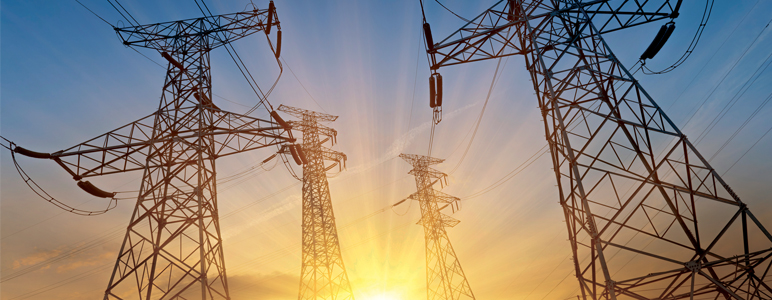
California legislation requires utilities and other retail electricity providers to disclose sources of the power supplied in their service areas. These fuel content laws were enacted to verify the claims of various retail providers about the mix of their power sources and to help consumers determine the potential environmental impacts of choosing one service over another.
Pursuant to legislation, the California Energy Commission introduced a Power Content Label, sort of a nutritional label for electricity, to delineate power sources. Issued annually, it displays the mix of electricity purchased by a provider, primarily utilities, broken out by resource type, ranging from natural gas and coal to renewable sources, such as solar and wind.
The problem is the Power Content Label provides too little information about the fuels powering the grid and no information at all about what fuels are being used at any given time. This leaves electric power providers less than fully accountable for the power purchase and delivery decisions they make.
Although customer choice of retail providers is now quite limited, the current label fails to help customers who do have a choice to make well-informed decisions, and it fails to properly reveal the greenhouse gas implications of their power use decisions. Further, it does not delineate the times at which various sources are being used to power the grid, an increasingly important detail as regulators make decisions about when to encourage people to use power for such purposes as charging electric vehicles.
Knowing Your Power: Improving the Reporting of Electric Power Fuel Content in California
This report provides the history of the Power Content Label, explains the problems with the existing approach, analyzes reasons for current limitations and offers suggestions for improving the process.
An “unspecified” problem
Electricity retailers are allowed to characterize a portion of their power as coming from “unspecified” sources. Statewide, that represents more than 14 percent of the delivered electricity; and for Southern California Edison, unspecified power has exceeded 40 percent. Power in this category is not just any electric generation – the unspecified category is dominated by imported power that likely includes output from the dirtiest generators serving California markets.
In addition, the law only requires retail providers to tell their customers about annual average usage of each fuel type – not by hour, or even by season. Perhaps equally important, the Energy Commission does not perform an audit to ensure the accuracy of the information it is providing.
Arguably, retailers don’t want to be required to account for all their power purchase decisions, dirtier out-of-state generators don’t want to identify themselves as it could lead to lower sales and none of the market participants, including the California Independent System Operator, want to take on the added work of creating accurate, detailed accounting for each transaction. Further, retailers have successfully argued that any disaggregation of the annual fuel averages by season, month or day would enable generators to gain a business advantage by allowing them to infer the marketing strategies of competitors.
Improving reporting
How could policymakers and stakeholders improve the Power Content Label reporting process and help achieve California’s ambitious decarbonization goals? It would require designing an emissions accounting framework that incorporates more accurate power source disclosure, reduces unspecified power as much as possible and breaks down usage by hour. This would provide information that is more complete and reliable.
California power customers deserve to know what they are buying whether the electricity source is clean or dirty, so that they can evaluate the climatological consequences resulting from the release of air pollution emanating from some types of power plants.
The fuel choices made by load-serving entities have consequences. Those companies should not be able to deflect responsibility for such consequences by claiming that they cannot know what emissions they are enabling. Would consumers want to buy a food product if the label stated that 14 percent of the contents was unspecified?
Next steps to take
Fortunately, we can get closer to the truth about fuel choices. It requires action on the part of retail providers, power marketers and the operators of organized markets. In addition, it requires resolve and tenacity on the part of regulators. The California Energy Commission and California Public Utilities Commission can clarify the power content mix and require the utilities to account for the origins of all the power that they schedule onto the grid.
As the role of electricity in reducing greenhouse gas emissions becomes greater, the ability to fully understand the consequences of power choices and to hold retailers accountable becomes even more critical.


